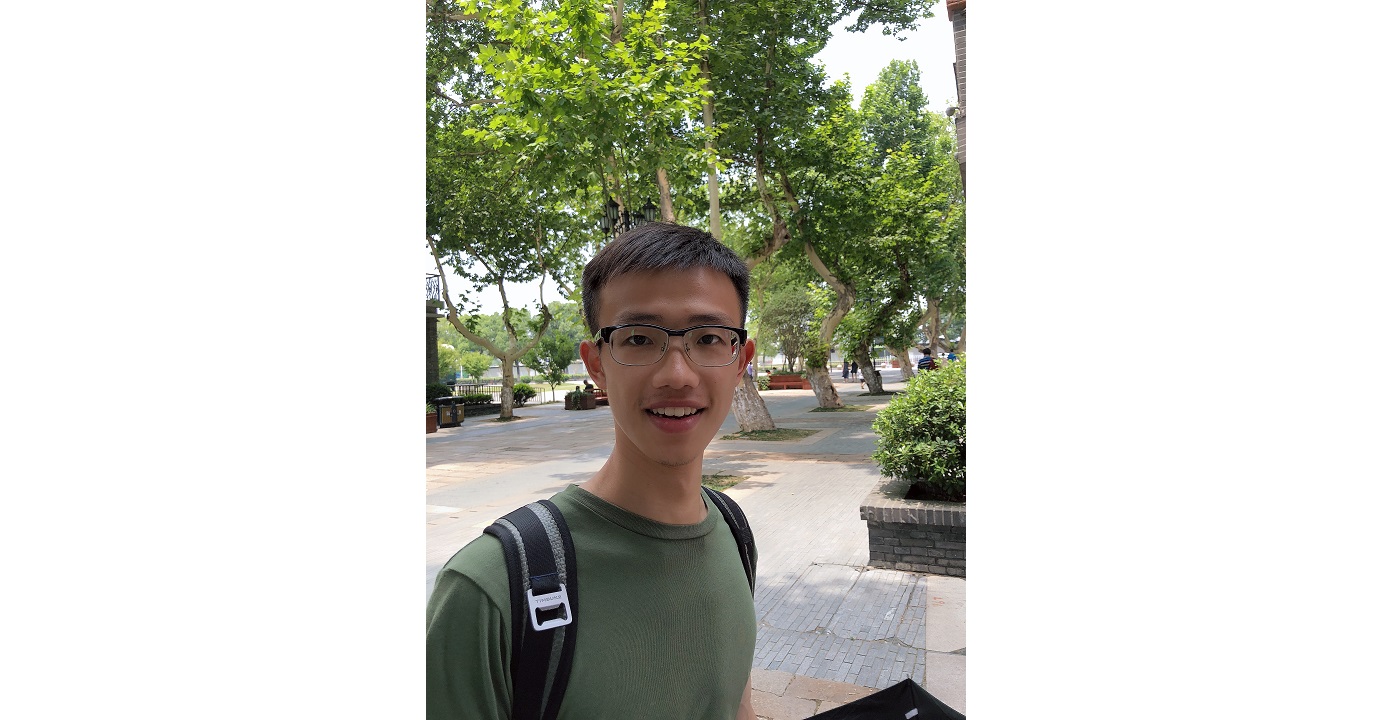Saak transform paper received 2020 JVCI best paper runner-up (2nd place) award
The Journal of Visual Communication and Image Representation has just announced the 2020 best paper award winner and runner-up:
Winner: A robust technique for copy-move forgery detection and localization in digital images via stationary wavelet and discrete cosine transform, Mahmood, T., Mehmood, Z., Shah, M., Saba, T.
Runner-up: On data-driven Saak transform, Jay Kuo, C.-C., Chen, Y.
According to the EiC of the journal, the selection process is outlined below:
The committee members checked all papers in 2018 and 2019 and nominated 13 papers.
Each of the 13 papers were evaluated and scored by three committee members on a scale of 1 to 10.
There were 4 papers with approximately similar score. All committee members were given the opportunity to vote for the top.
After voting, the best paper and runner up were selected.
All members supported the above winner and runner-up.
It is a great honor that MCL received the JVCI best paper and runner-up awards in three years in a row.
The 2020 Best Paper Award Runner-up for the Journal of Visual Communication and Image Representation.
C.-C. Jay Kuo and Yueru Chen, “On data-driven Saak transform,” the Journal of Visual Communication and Image Representation, Vol. 50, pp. 237-246, January 2018.
The 2019 Best Paper Award Runner-up for the Journal of Visual Communication and Image Representation.
Ronald Salloum, Yuzhou Ren and C.-C. Jay Kuo, “Image splicing localization using a multi-task fully convolutional network (MFCN),” the Journal of Visual Communication and Image Representation, Vol. 51, pp. 201-209, February 2018.
The 2018 Best Paper Award from the Journal of Visual Communications and Image Representation.
C.-C. Jay Kuo, “Understanding convolutional neural networks with a mathematical model,” the Journal of Visual Communication and [...]




















